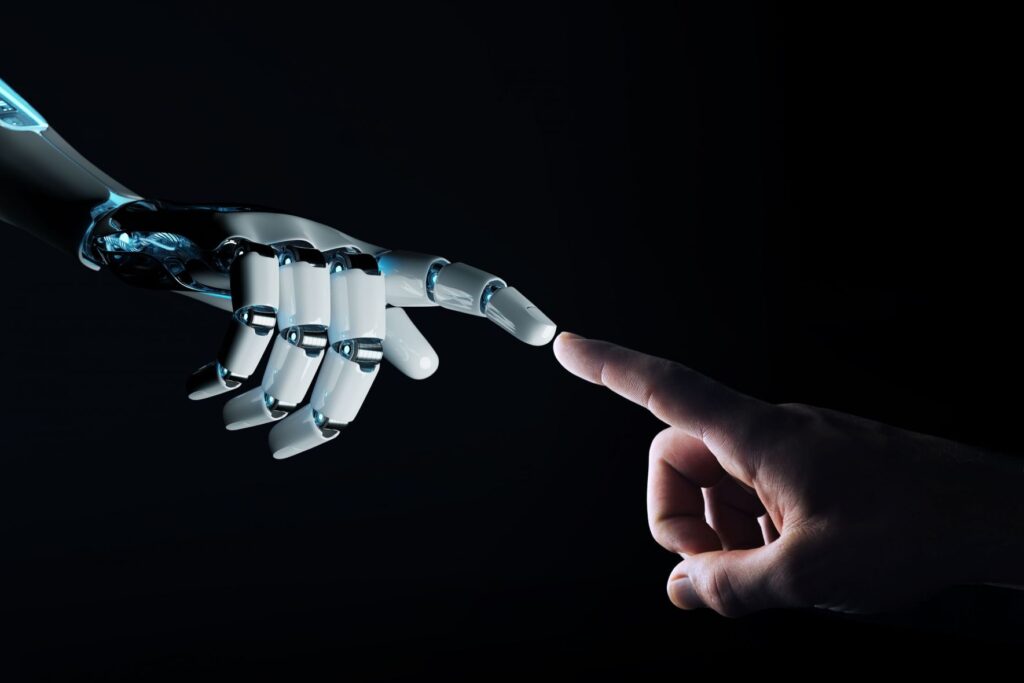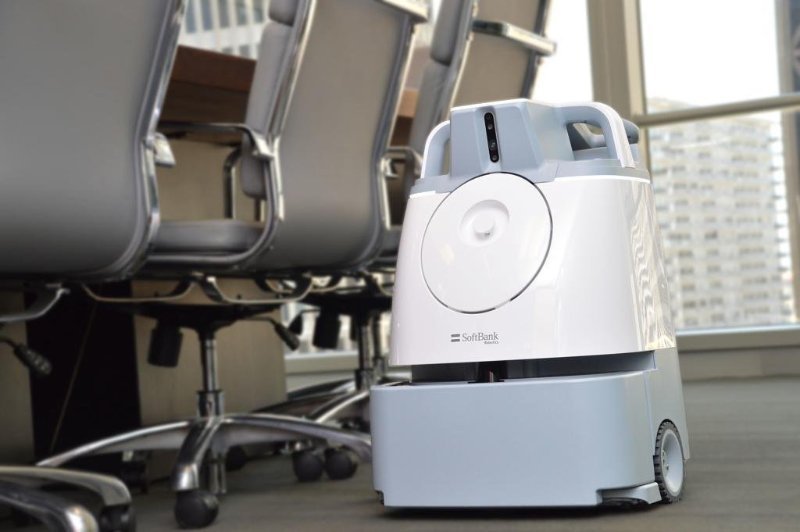
As we enter this new decade, business leaders across all sectors continue to prioritise digital transformation as a way to create efficiencies, improve customer service, ensure regulatory compliance and drive innovation. Organisations recognise that to stay competitive in an increasingly turbulent global economy, they need to embrace new technologies and operational models to thrive in the future economy.
The narrative around wide-scale adoption of automation and AI technologies has largely been one of fear and uncertainty, with reports of mass job displacement. The widely held view has been that robots are coming to take our jobs is, in my opinion, why many digital transformation programmes have yet to deliver on their promises, held back by a lack of understanding and buy-in amongst people at the coalface, resistant to change and reluctant to interact with new technologies,
However, there are signs that the tide is turning and we’re seeing a more considered view of automation. It is now widely understood that AI will lead to a net increase in jobs over the coming years. Whilst there will be some job changes in specific industries and job roles, AI will also create millions of new specialist and highly skilled jobs.
Of far greater significance is the impact that automation will bring to types of work. McKinsey predicts that whilst less than 5% of all occupations can be automated entirely using current technologies, about 60% of all occupations have at least 30% of activities that could be automated. Rather than replacing people, automation and robots will work alongside people within a hybrid workforce model, where operations and tasks are resourced according to the relative strengths of both people and technology.
The benefits are easy to understand – greater efficiencies, higher employee engagement and improved levels of performance and servicing.
Entering The Age of Cobotics
In order to accelerate this shift, we need to re-frame the introduction of automation, so that it becomes less of a threat to the existing workforce and is instead embraced as a route to interesting and varied work and developing new skills. We need to reassure vast sections of the workforce that robots and AI can enhance their working lives – this is where the concept of cobotics has a big role to play.

Cobotics is the collaboration between workers and machines or robots. Cobots are collaborative robots which carry out repetitive or strenuous tasks which would otherwise be performed by a person, but they work alongside that individual or team, not in their place. Cobots are instructed, controlled and managed by workers on the ground and are there to support workers.
Across a whole range of sectors, the introduction of cobots can and will dramatically alter the working lives of people. Whether it is retail, healthcare, hospitality or cleaning, cobots can take away the most laborious and least pleasurable tasks from humans, enabling them to focus their efforts on more rewarding and valuable work. We’re already seeing this happening in a number of sectors where forward-thinking organisations are introducing cobots into their operational models.
Within such a human-cobot workforce, businesses reap the benefits of both machines, in terms of efficiency, consistency and performance in carrying out repetitive tasks, and of human workers, with their capacity for objective thought, creativity and problem solving. And in an ever more challenging labour market, where high quality talent is in such demand in so many industries, it makes sense to have your best and expensive people focused on activities which make a real impact.
Innovation beyond technology
Too often businesses approach innovation solely from a technological perspective; but equally as important is a willingness to embrace new ideas and adopt new business models. Organisations need to embed agility and scalability into operations, ensuring they have the flexibility to adapt to market dynamics, exploiting new opportunities and reacting swiftly to new threats.
As organisations introduce cobotics into their operations, they will also seek out more innovative and flexible leasing models. With cobotics, we will see innovative business models allowing organisations to access the very latest technologies without major upfront investment; and all servicing and product upgrades included, taking away the hassle and cost of ongoing maintenance.

In addition, cobots can collect valuable data which can be translated into meaningful insight to ensure operations are continually optimised and to make faster, smarter decisions. Cobotics is as much about a commitment to innovation, smart working and efficient operations, as it is about automation and robots. It requires a major shift in thinking, amongst both business leaders and the workers who are engaging with cobots in the workplace.
This cultural change is important and businesses need to ensure they have the right strategies in place to influence behaviours and mindsets across the organisation to ensure that cobotics is harnessed in a smooth and seamless way. Technology providers have a role to play here, helping business leaders to manage change, and to reassure, educate and upskill people to work effectively and harmoniously alongside cobots.
The Cobotic Difference
Rather than bringing in automation by stealth, in ‘The Age of Cobotics’ we are seeing organisations making a virtue of their adoption of cobots and the shift towards a hybrid human-cobot workforce model, to attract new talent, particularly amongst younger generations of workers.
Cobotics demonstrates a commitment to employee wellbeing at a time when mental and physical health in the workplace is becoming an ever-more pressing concern for businesses and public health authorities. The WHO estimates that the global economic impact of depression and anxiety is $1 trillion every year and organisations across all sectors are struggling to address and promote health and wellbeing at work and beyond.
Cobotics removes the strain and stress of certain manual tasks, whilst putting people in the driving seat, making decisions and managing technology, rather than the other way around. It also gives relatively inexperienced or low-skilled people the opportunity to work alongside cutting-edge technology and to develop specialist skills and knowledge.
However, it isn’t just prospective workers that will be drawn to organisations that are embracing cobotics. Such a commitment to innovation and new ways of working is also hugely appealing to prospective customers. Those businesses that are first to integrate cobotics within their operations will create genuine differentiation in the market and attract forward-thinking organisations that are looking to align themselves with future ways of working.
Cobotics represents a smarter, more grown-up approach to business and digital transformation; one that harnesses new technology and approaches to deliver efficiencies and increased performance, but also recognises the limitations of automation and AI, and the ongoing need to create an engaged, healthy and productive workforce to work in collaboration with technology. Organisations that get this shift right will set themselves up to thrive in the future.

Stefano Bensi
General Manager, Softbank Robotics EMEA


